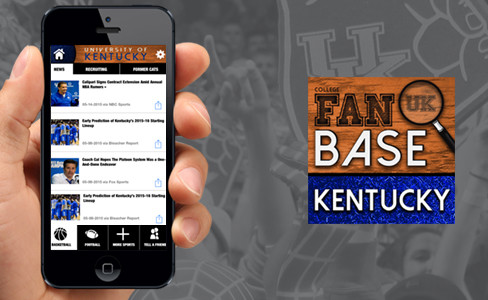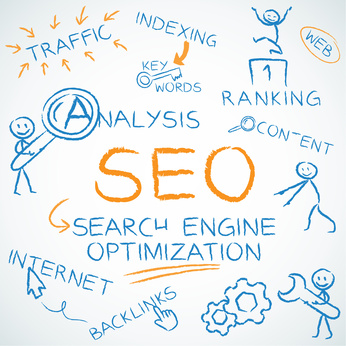There’s a lot of debate on what factors that Google looks at when crawling and indexing a website. And while there are hundreds of factors that make up the Google algorithm, there are some that weigh more heavily than others, and more importantly, some that can improve the user experience. Our SEO experts provide some insight into some traditional SEO practices to evaluate what’s worth investing in and what’s simply not relevant.
Navigation is one of the most important elements of a website, and it can help your SEO, as well as your users. Keep navigation simple, but remember to use keywords, if possible. If you are going to use something other than HTML for your navigation, offer a secondary navigation string (e.g. breadcrumbs) that can be easily indexed as well as help users find out where they are on the site. Footers can be used to improve internal linking, but putting every single page of your site in the nav is not recommended – it’s overwhelming to the user and it’s unlikely that every single page of your site is of the same level of importance and popularity. Google Analytics can help to provide insights on what pages are the most trafficked, and which should be prioritized in your navigation.
When coding a website, most designers now use CSS, but be wary of those that still use tables. While CSS is preferred from an SEO standpoint, tables can distort your code and actually hinder proper SEO indexation.
As far as headers go, they can be used for design as well as functional SEO purposes. Headers can add a certain aesthetic to a website, but more importantly, they should be used to provide an SEO benefit. The placement of H1 and H2 headers should be used to reference the main and sub topics of a page. Header tags are easy to implement – the page titles, article title, or blog title can be used as the H1 title and can give a webpage focus from a search engine point-of-view.
Meta tags, which were once a dominant factor in SEO ranking, are still considered, but not as much as they were years ago. However, they shouldn’t be ignored. Meta tags help to differentiate pages within a site and can help boost click-through rates.
Alt tags (the alternative text used to describe images) are another arguable area when it comes to SEO best practices. A decade ago, an alt tag would have been a major contributor to rank, but today, such a tag wouldn’t help ranking much, but would help users find images using an engine like Google image search.
One of the “newer” tools that is being factored into SEO rank is the use of social media. Businesses are now able to increase linkability, inbound links and tags to their material by making content shareable and thus expanding the site and the brand reach. All of these actions are mutually beneficial – to search engines, as well as to end users. It will be interesting to see how SEO continues to evolve with the increased use of social media to consume content on the go.


